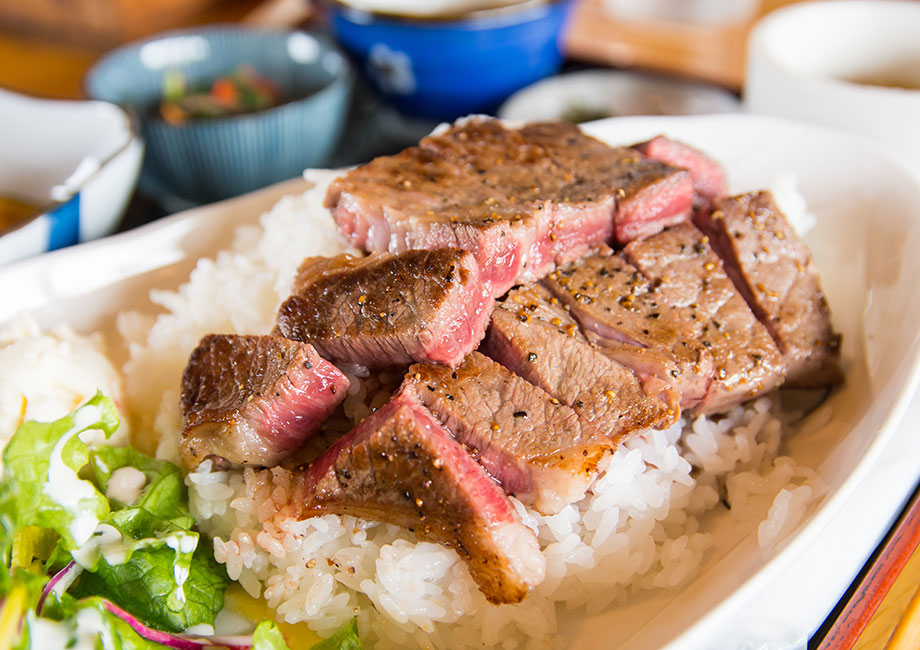We test and review fitness products based on an independent, multi-point methodology. If you use our links to purchase something, we may earn a commission. Read our disclosures.
You probably know that nutrition has a significant impact on your health and wellness, including body composition (your muscle-to-fat ratio), performance in the gym, cardiovascular health, and more. These days, there’s no shortage of nutrition plans to choose from, including quite a few weird diets. Many of them seem to contradict each other, so finding the right plan for you can feel overwhelming and confusing.
While many fad diets come and go, some eating practices stick around longer than others. One example is fasting, the practice of intentionally not consuming any calories for extended periods of time. Fasting has been used in various cultures around the world for thousands of years.
The Warrior Diet is a type of intermittent fasting that certainly falls on the extreme side of things. As a certified nutrition coach who’s been in the fitness industry since 2012, I’ve seen and experimented with plenty of diets over the years, including the Warrior Diet. I understand both the science and the real-world application of these sorts of dietary plans.
If you’ve heard of this style of fasting but aren’t sure if it’s right for you, I’ve got you covered. I’m going to share the pros and cons of the Warrior Diet according to scientific research, and help you decide if it’s the right plan for you.
Editor’s Note and Medical Disclaimer: This article is intended for educational and informational purposes only. It is not intended as a substitute for medical advice. Weight loss programs are not recommended for people with a history of disordered eating. For health advice, contact a licensed healthcare provider. If you need help with disordered eating, contact NEDA.
What Is the Warrior Diet?
The Warrior Diet is an extreme type of fasting diet created by Ori Hofmekler, a former member of the Israeli Special Forces who turned to fitness after his service. Those who follow this plan abstain from nearly all food for 20 hours, consuming most of their daily calories in a four-hour window in the evening.
This is meant to mimic the lifestyle of ancient warriors, who spent all day on their feet with minimal food and feasted in the evening. Hofmekler believes that by following this eating pattern, we can match our body’s natural circadian rhythm and expose it to the stress of undereating, which builds resilience, improves energy levels, and helps maintain a lean physique.
RELATED: Working Out While Intermittent Fasting
Interestingly, the actual rules of the Warrior Diet are a bit loose compared to traditional forms of fasting, which restrict calories entirely during the fasting window.
Rather than abstaining from all food, Hofmekler says that people can eat small amounts of lean meat, fruits, and veggies throughout the day, as our ancestors would have done. The evening feast involves intentionally overeating with plenty of carbohydrates, fats, and protein to repair the body and build muscle.
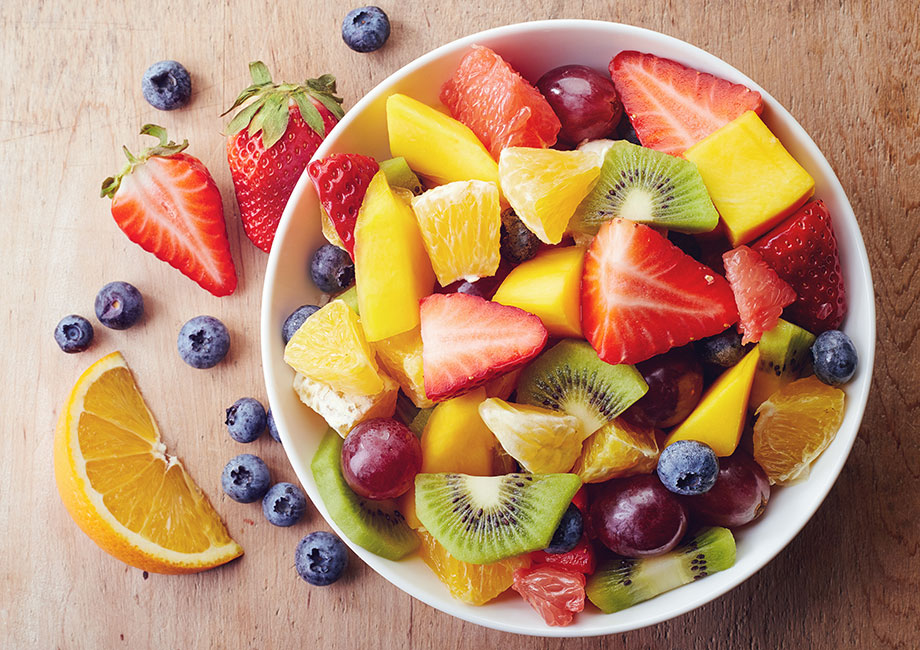
The diet begins with an initial three-week, three-phase plan, designed to detox your body and teach it to burn fat instead of carbs. You then reintroduce carbs after a low-carb period. During your eating window, the foods you can eat fluctuate based on the phase you’re in. Levels of protein, carbs, and fat intake may also change on a daily basis.
RELATED: Does Pre-Workout Break a Fast?
Don’t confuse this with the One Meal a Day diet (OMAD), as the Warrior Diet allows you to eat for four hours, rather than limiting you to one meal.
Benefits of the Warrior Diet
While there is no scientific evidence that specifically supports the Warrior Diet, intermittent fasting does have a few potential research-backed benefits.
However, there are two important points to mention. First, most studies look at true fasting, with zero calorie intake, while the Warrior Diet does allow for small amounts of food consumption during the day. This makes it impossible to say if the benefits of fasting would apply… but that may not matter.
That brings us to our second point. Plenty of new research, like this 2023 review1 from the Journal of Yeungnam Medical Science, shows that when calories are equal, regular eating and intermittent fasting produce similar outcomes. Most of the health benefits are a result of weight loss, not fasting.
This makes it impossible to say if these benefits are fasting-specific or simply due to the calorie reduction. Either way, the Warrior Diet should result in similar benefits, assuming it keeps you in a calorie deficit.
With that out of the way, let’s look at some of the potential benefits of intermittent fasting.
May Support a Healthy Weight
Fat loss is one of the main reasons someone may choose to use intermittent fasting, and it can certainly help you reduce your calorie intake. Losing weight is the result of staying in a calorie deficit, where you eat fewer calories than you burn each day.
When fasting, you go most of the day without eating. This will usually, though not always, decrease your daily calorie intake.
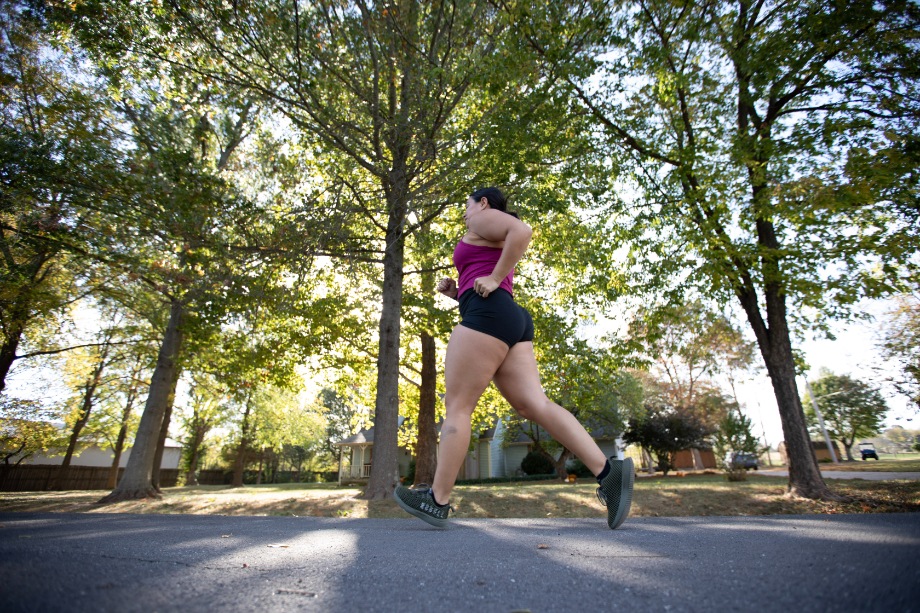
This 2024 meta-analysis2 on the benefits of intermittent fasting found that fasting can reduce waist circumference and body weight in adults with overweight or obesity, supporting the idea that fasting can be a good way to reduce your calorie intake.
RELATED: How to Lose Body Fat
May Improve Insulin Sensitivity
Insulin sensitivity measures how well your body’s cells respond to insulin, a hormone that regulates blood sugar levels. Poor insulin sensitivity can eventually lead to insulin resistance, a condition where your body struggles to maintain healthy blood sugar.
Left untreated, insulin resistance can worsen and lead to the development3 of type 2 diabetes.
While weight loss generally improves insulin sensitivity, a 2014 study compared intermittent fasting to regular calorie restriction4. The authors found that while restricting calories led to more weight loss, fasting led to similar improvements in blood sugar control, even without the same level of weight loss. This is the one area where fasting seems to be better than standard calorie reduction. The insulin sensitivity benefits were equal, even though fasting resulted in less weight loss.
May Help Improve Metabolic Health
Fasting has been shown to have a significant impact on metabolic health and heart disease, though this may be the result of weight loss, not fasting itself.
A 2022 review5 looked at the research on intermittent fasting’s impact on metabolic syndrome, which the authors define as “a combination of metabolic abnormalities that includes central obesity, insulin resistance, hypertriglyceridemia, hypercholesterolemia, hypertension, and reduced high-density lipoprotein (HDL)-cholesterol concentrations.”
The study concluded that intermittent fasting can improve nearly all markers of metabolic syndrome. However, the authors admitted that it’s unclear whether fasting is better than regular caloric restriction that results in weight loss.
May Enhance Cognitive Function and Mental Focus
Intermittent fasting has been shown6 to increase the production of brain-derived neurotrophic factor (BDNF), which supports healthy brain cells and neuroplasticity.
BDNF production declines with age, and the study authors believe that fasting can slow the aging process of the brain by increasing BDNF levels. This can optimize brain health and improve cognitive function.
This 2023 rodent study7 found that fasting improved memory in mice with Alzheimer’s disease. While this is yet to be replicated in humans, it’s promising research.
Downsides of the Warrior Diet
While the benefits of fasting may convince you to skip your breakfast tomorrow and give it a try, fasting isn’t optimal for everyone. Here are a few potential downsides to consider:
Hunger
From a practical perspective, fasting can certainly increase your hunger throughout the day. Sure, after a few weeks you may find it easier as you get used to it, but most people will be quite hungry by the time they sit down to feast.
This can make it difficult to moderate your portions, and getting through a long day can feel challenging when you’re battling hunger and cravings. If you’re not careful, going into dinner with a huge appetite can lead to consuming more calories than intended, which may prevent you from reaching any weight loss goals you’re after.
RELATED: Best Weight Loss Apps
Reduced Protein Synthesis
Another big concern is the reduced protein synthesis, even if you do manage to consume all of your protein in a four-hour window.
In this 2018 research paper8 by Brad Schoenfeld and Alan Aragon, two hypertrophy and nutrition experts, the authors concluded that optimal protein intake for muscle growth is 0.4 grams per kilogram of body weight per meal, spread out over at least four meals. This is because the amino acids found in protein stimulate muscle protein synthesis (MPS), and those concerned with strength and muscle should be triggering MPS throughout the day, not only in the evening.
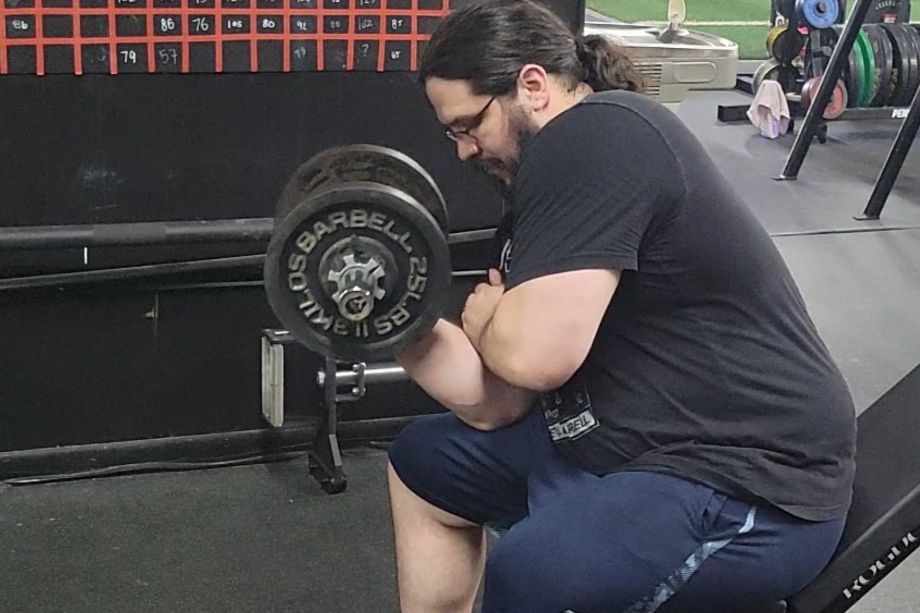
The same study5 that found that fasting improves metabolic health also cautioned that fasting without adequate protein intake leads to muscle wasting. With the Warrior Diet, you may be able to consume small amounts of protein per day. However, that doesn’t guarantee that each protein-rich meal will be enough to initiate MPS and preserve the muscle tissue you already have, let alone build new muscle.
Digestive Distress
Finally, it’s worth mentioning the digestive stress. Depending on your size, goals, and target calorie intake, the Warrior Diet may require you to consume 1,500 to 2,500 calories in the feeding window, if not significantly more.
This may sound fun, but if you’re doing this with minimally processed foods, like meat, vegetables, and potatoes, that’s quite a lot of food to eat. You may feel very uncomfortable for the rest of the evening.
How to Follow the Warrior Diet
To properly follow the Warrior Diet as intended, you’ll need to read Ori Hofmekler’s book on the subject. The books goes into detail about the initial three-week, three-phase plan; food rules; recommended supplements; and more.
The idea of fasting for 20 hours is simple enough, but Hofmekler has suggestions for each phase, exercise tips, as well as daily fluctuations in your protein, carb, and fat intake. It gets a little complicated.
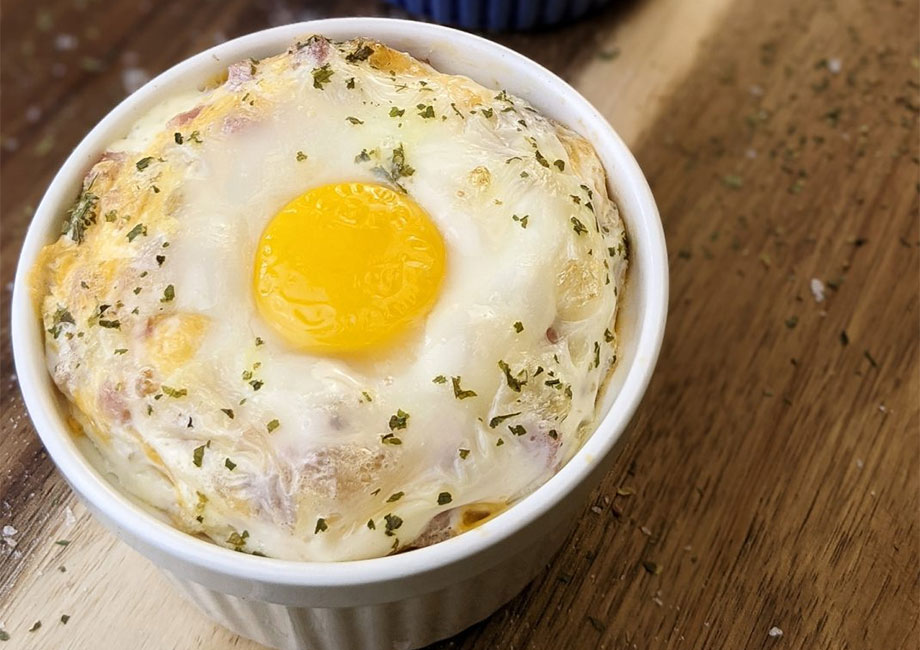
While I can’t summarize the entire book here, I listed a few of the most important rules to follow when deciding what to eat on the Warrior Diet.
- The majority of your calories should be consumed in a four-hour evening window.
- During your fasting window, abstain from as much food as possible. Small servings of protein, fruits, and vegetables are allowed to manage hunger.
- The suggested sources of food during the fast are vegetable juices; broths; animal proteins like hard-boiled eggs or meat; small servings of Greek yogurt, cottage cheese, or other high-protein dairy products; and raw fruit and vegetables.
- Coffee, water, tea, and small portions of milk are allowed during the fasting period.
- During your feeding window, consume a salad with oil and vinegar, followed by protein and various other whole-food choices—usually either starches or fats.
- Low-carb, high-fat days are often higher in fats like nuts and eggs. High-carb, low-fat days are based around whole grains like quinoa, oatmeal, and more.
- Prioritize unprocessed foods as much as possible, avoiding things like fried food, alcohol, and other common types of “junk” food.
Warrior Diet: Final Thoughts
Overall, the Warrior Diet has some interesting benefits related to intermittent fasting and calorie restriction. However, it’s an extreme eating plan, and following the diet as intended can be complicated due to the many rules and phases you’re meant to follow.
It’s not a bad idea to give it a shot, but there are easier ways to try intermittent fasting to see how you like it. For example, you can simply skip breakfast and have lunch as your first meal for a week. This is a good way to test the waters and see how your eating habits adjust to fasting.
Our advice? If you want to try the Warrior Diet, be sure you’re consuming plenty of protein to protect your hard-earned muscle mass, and be careful not to go overboard during your evening feast.
Warrior Diet: FAQs
What is the Warrior Diet meal plan?
The Warrior Diet plan suggests people severely limit food intake for 20 hours, then follow it up with four hours of intentional overeating. This is a form of intermittent fasting meant to mimic the way our warrior ancestors ate.
Does the Warrior Diet really work?
Many people love the Warrior Diet, but research suggests that similar benefits may be found in any sort of calorie restriction, not just fasting. There is no research that specifically shows the benefits of the Warrior Diet, though fasting has been shown2 to help support weight loss.
What are the side effects of the Warrior Diet?
If you’re not used to fasting, going 20 hours without food can cause significant hunger. The large quantity of evening food may also cause digestive distress in some people.
References
- Song, D. K., & Kim, Y. W. (2023). Beneficial effects of intermittent fasting: a narrative review. Journal of Yeungnam medical science, 40(1), 4–11. https://doi.org/10.12701/jyms.2022.00010
- Sun, M. L., Yao, W., Wang, X. Y., Gao, S., Varady, K. A., Forslund, S. K., Zhang, M., Shi, Z. Y., Cao, F., Zou, B. J., Sun, M. H., Liu, K. X., Bao, Q., Xu, J., Qin, X., Xiao, Q., Wu, L., Zhao, Y. H., Zhang, D. Y., Wu, Q. J., … Gong, T. T. (2024). Intermittent fasting and health outcomes: an umbrella review of systematic reviews and meta-analyses of randomised controlled trials. EClinicalMedicine, 70, 102519. https://doi.org/10.1016/j.eclinm.2024.102519
- Freeman, A. M., Acevedo, L. A., & Pennings, N. (2023). Insulin Resistance. In StatPearls. StatPearls Publishing.
- Barnosky, A. R., Hoddy, K. K., Unterman, T. G., & Varady, K. A. (2014). Intermittent fasting vs daily calorie restriction for type 2 diabetes prevention: a review of human findings. Translational research : the journal of laboratory and clinical medicine, 164(4), 302–311. https://doi.org/10.1016/j.trsl.2014.05.013
- Vasim, I., Majeed, C. N., & DeBoer, M. D. (2022). Intermittent Fasting and Metabolic Health. Nutrients, 14(3), 631. https://doi.org/10.3390/nu14030631
- Seidler, K., & Barrow, M. (2022). Intermittent fasting and cognitive performance – Targeting BDNF as potential strategy to optimise brain health. Frontiers in Neuroendocrinology, 65, 100971. https://doi.org/10.1016/j.yfrne.2021.100971
- Whittaker, D. S., Akhmetova, L., Carlin, D., Romero, H., Welsh, D. K., Colwell, C. S., & Desplats, P. (2023). Circadian modulation by time-restricted feeding rescues brain pathology and improves memory in mouse models of Alzheimer’s disease. Cell Metabolism, 35(10), 1704-1721.e6. https://doi.org/10.1016/j.cmet.2023.07.014
- Schoenfeld, B. J., & Aragon, A. A. (2018). How much protein can the body use in a single meal for muscle-building? Implications for daily protein distribution. Journal of the International Society of Sports Nutrition, 15, 10. https://doi.org/10.1186/s12970-018-0215-1
Further reading

Interested in trying the Warrior Diet? A certified nutrition coach explains the pros and cons. Read more

In this Nutricost BCAA Review, find out what our tester thought of this ultra-affordable branched-chain amino acid supplement. Read more

Whether you want a supportive community or prefer to do things on your own, these are the best weight loss programs to help you reach your goals. Read more

Looking for a stationary rower? In this Sole SR550 review, find out what our tester thought of Sole’s latest rowing machine! Read more

